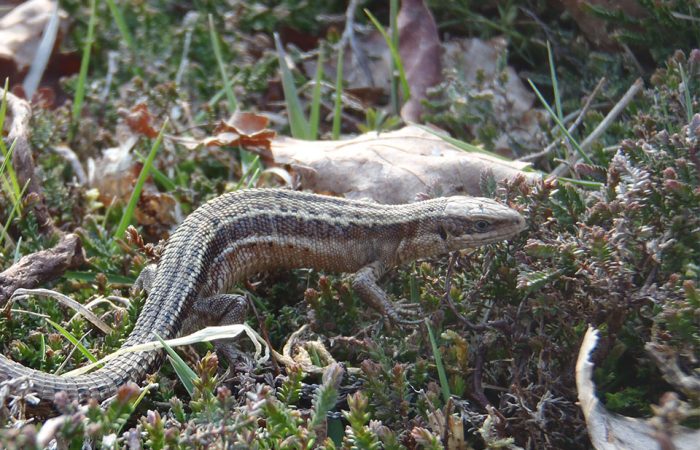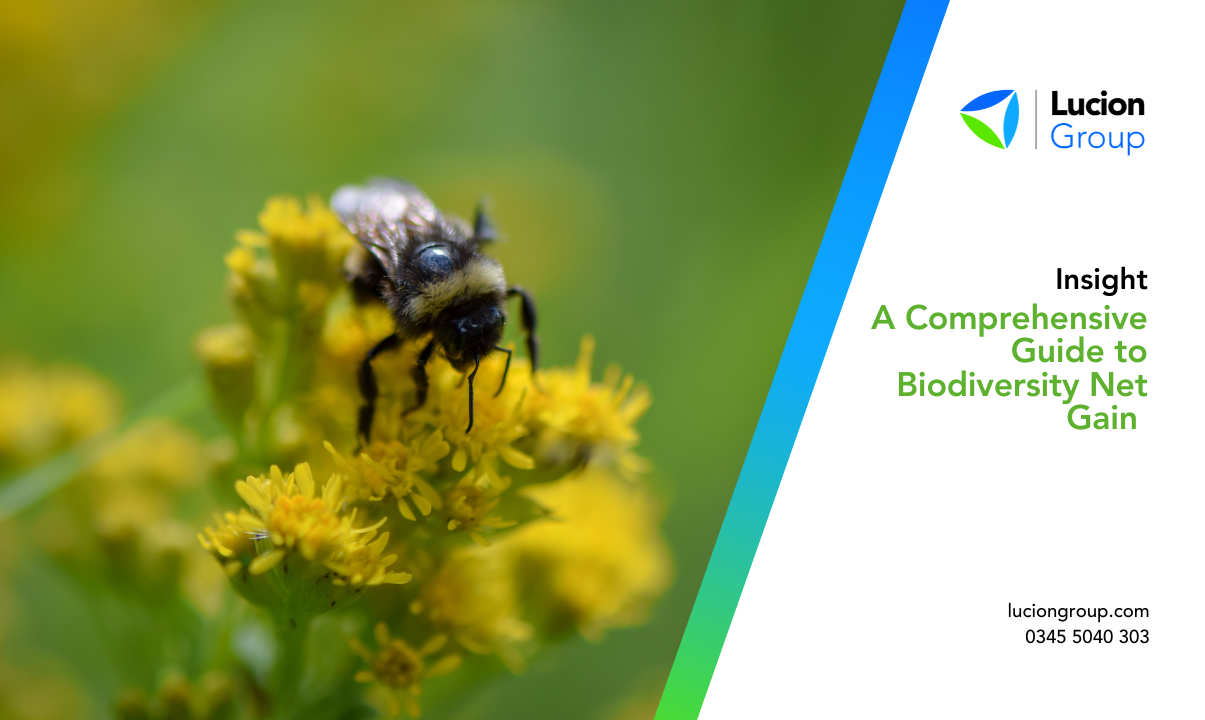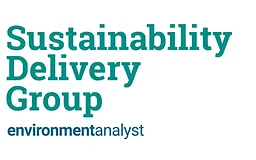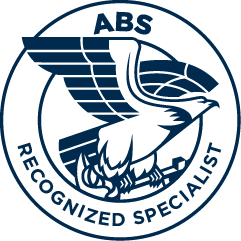The hazel dormouse is a European Protected Species, making it a critical consideration for any development project that has the potential to impact woodland, scrub, or species-rich hedgerows. Lucion’s team of licensed ecologists provide comprehensive dormouse surveys, assessments, and mitigation strategies to help you navigate the planning process and keep your project on track.
The hazel dormouse is a small, nocturnal arboreal mammal found predominantly in the southern counties of England. Once widespread, their populations have declined significantly due to factors like habitat loss and fragmentation. As a result, dormice are fully protected under the Wildlife and Countryside Act 1981 and the Conservation of Habitats and Species Regulations 2017.
This legislative framework makes it an offence to deliberately kill, injure or disturb dormice, as well as to damage or destroy their breeding sites and resting places. If your development has the potential to impact dormouse habitats, you are legally required to undertake surveys and implement appropriate mitigation measures before proceeding.
Our team of licensed Chartered Institute of Ecology and Environmental Management (CIEEM) member ecologists have the expertise to guide you through every stage of the dormouse survey and assessment process.
Our dormouse survey process typically involves two key techniques:
Nut Searches
Our ecologists will conduct thorough searches for dormouse-nibbled hazelnuts, which provide evidence of their presence. This survey method can be undertaken between September and December.
Nest Tube Surveys
Where more significant habitat loss or disturbance is proposed, we’ll deploy a network of dormouse nest tubes across the site. These are monitored monthly between April and November to detect the presence of dormice.
Lucion’s licensed ecologists follow best practice guidance, including the Dormouse Conservation Handbook published by CIEEM, to ensure the surveys are carried out to the highest standards. We’ll work closely with you and the local planning authority to design tailored mitigation strategies that avoid, minimise or compensate for any impacts on this protected species.
Solutions may include creating new dormouse habitats, installing connectivity features like arboreal bridges, and carefully timing any vegetation clearance to avoid disturbance. Where impacts are unavoidable, we can also assist with obtaining the necessary European Protected Species licences from Natural England.
By partnering with Lucion, you can be confident that your dormouse surveys are being conducted by qualified, experienced professionals who are members of CIEEM. We’ll provide the guidance and support you need to keep your project moving forward, while ensuring full compliance with wildlife legislation.






































